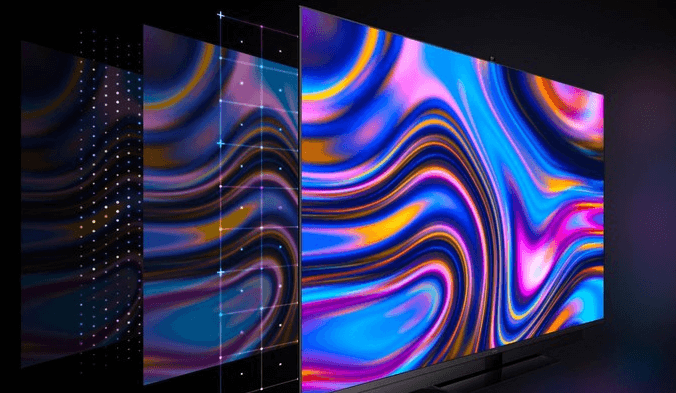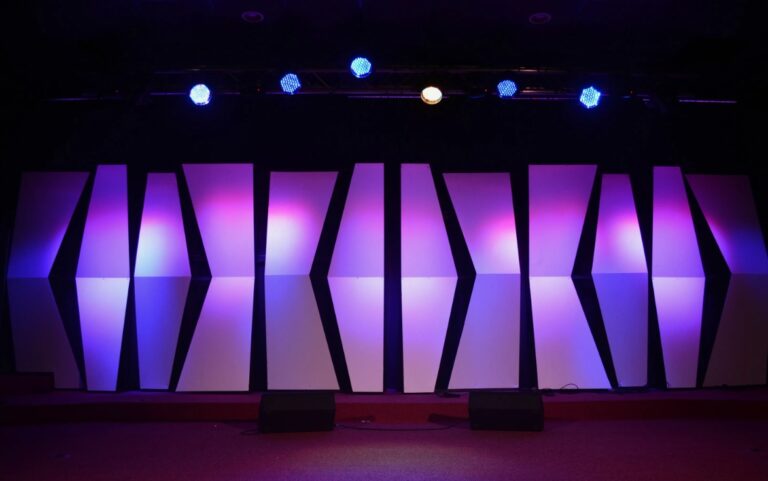Table of Contents
What is the difference between LED and LCD panels?
Why use LED panels?
In today’s rapid development of digital technology, liquid crystal display technology has always been the leading force in the field of electronic products. However, the two main liquid crystal technologies widely available on the market, LED and LCD, often confuse many consumers. Although they may seem somewhat similar, there are actually some key differences between them.

What is the difference between LED and LCD panels?
LED (Light Emitting Diode) and LCD (Liquid Crystal Display) are both part of liquid crystal display technology, but there are key differences between them.
Backlight Technology:
LED Panel: Uses LED as the backlight source, either in a direct LED configuration distributed across the entire backlight panel or in an edge-lit LED configuration positioned at the display’s edges.
LCD Panel: Requires an external light source for backlighting, commonly using fluorescent lamps (CCFL) or LED.
Thickness and Power Consumption:
LED Panel: LEDs enable thin designs, paving the way for future possibilities like flexible and foldable screens. Each pixel operates independently, allowing selective illumination and lower power consumption.
LCD Panel: Due to the presence of backlight and liquid crystal layers, LCDs tend to be thicker. When an LCD is turned on, the entire backlight layer is either fully on or off, resulting in higher power consumption.

Energy Efficiency:
LED Panel: Typically more energy-efficient as LEDs are a high-efficiency light source, producing brighter light with less energy.
LCD Panel: LCDs using CCFL as the backlight are relatively less energy-efficient, while LED-backlit LCDs have an advantage in this aspect.
Contrast Ratio:
LED Panel: Offers higher contrast ratios due to the local dimming capability of LEDs. Some LED backlight systems support zone dimming, making dark areas appear deeper.
LCD Panel: Backlight is evenly distributed, resulting in a relatively lower contrast ratio.
Viewing Angle:
LED Panel: Generally provides a wider viewing angle as the LED backlight system offers more uniform brightness and color.
LCD Panel: Color distortion or brightness reduction may occur when viewed at large angles.
Color Reproduction:
LED Panel: Tends to provide more vibrant and true-to-life colors, especially in high-end models.
LCD Panel: Color reproduction depends on the backlight type and quality, generally being more uniform.
Lifespan:
LED Panel: LEDs usually have a longer lifespan, with colors relatively stable throughout their usage.
LCD Panel: Requires periodic backlight replacement, resulting in a relatively shorter lifespan.
Why Use LED Panels?
As society continues to advance, LED panel lights have become commonplace in households. Understanding the benefits of using LED panels, the advantages are evident:
Low Energy Consumption: Significant reduction in monthly lighting electricity bills, making a noticeable impact.
Carbon Reduction: Choosing LED panels can reduce carbon emissions compared to conventional lighting.
High Brightness: LED panels provide bright and clear displays, ensuring content visibility in various lighting conditions.
Slim and Lightweight: LED panels are typically thin, making them suitable for various applications, including home TVs, computer screens, and commercial billboards.
Dimmability: LED panels can adjust brightness by modulating current, allowing adaptation to different environments.
High Contrast: LED panels produce high-contrast images, making deep blacks and vibrant colors more noticeable.
Long Lifespan: LED panels outlast traditional fluorescent lights, with a lifespan exceeding 30,000 hours, providing prolonged usage.
Wide Voltage Range: LED panels can start with voltages ranging from 100V to 240V, ensuring reliable operation.
Instant Start: LED lights have a nanosecond-level response time, instantly turning on without delays or waiting periods.
Conclusion
When choosing electronic products, understanding the differences between LED and LCD panels is crucial for consumers. Each technology has its advantages and disadvantages, depending on user needs and preferences. As technology continues to advance, LED and LCD technologies evolve to provide consumers with more advanced and superior display experiences. Therefore, a deep understanding of the characteristics of these two display technologies can help ensure that consumers choose electronic products that best suit their needs, achieving a more exceptional visual experience.





